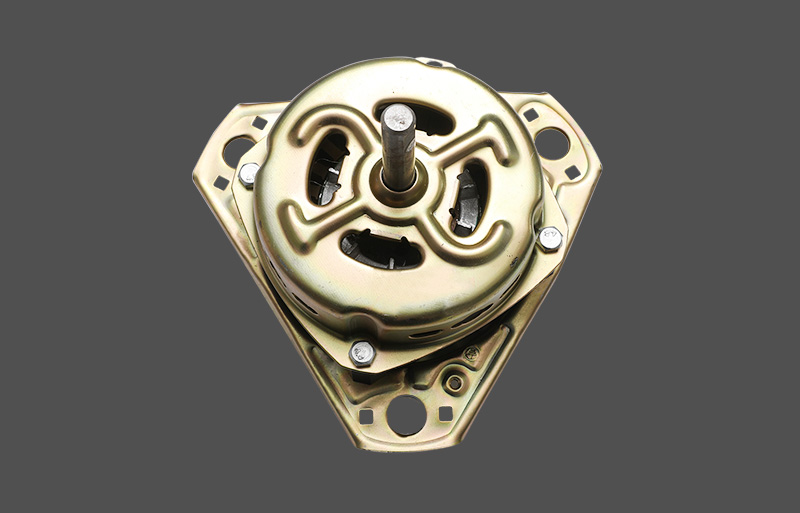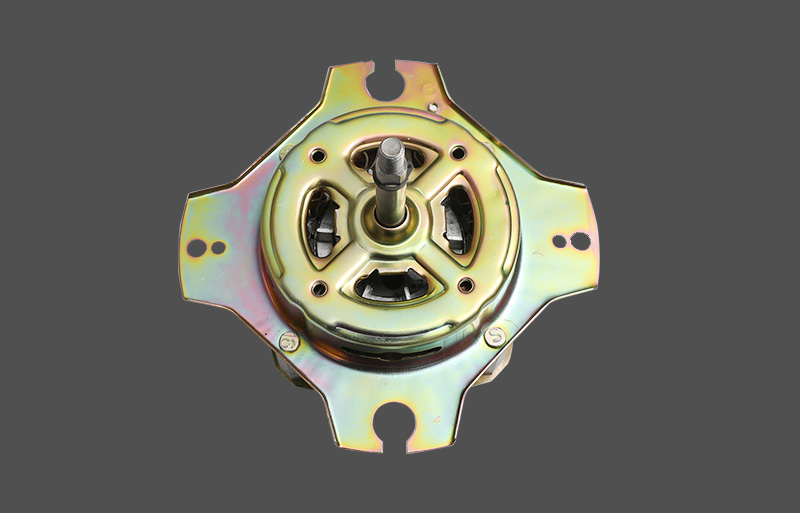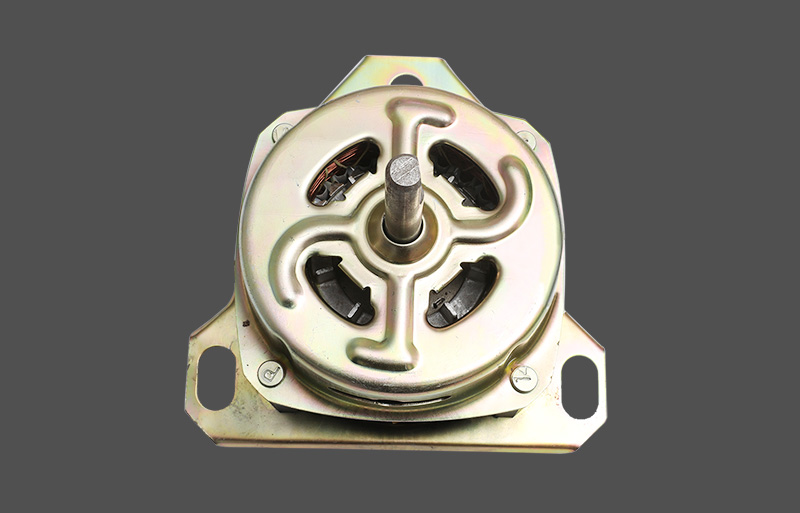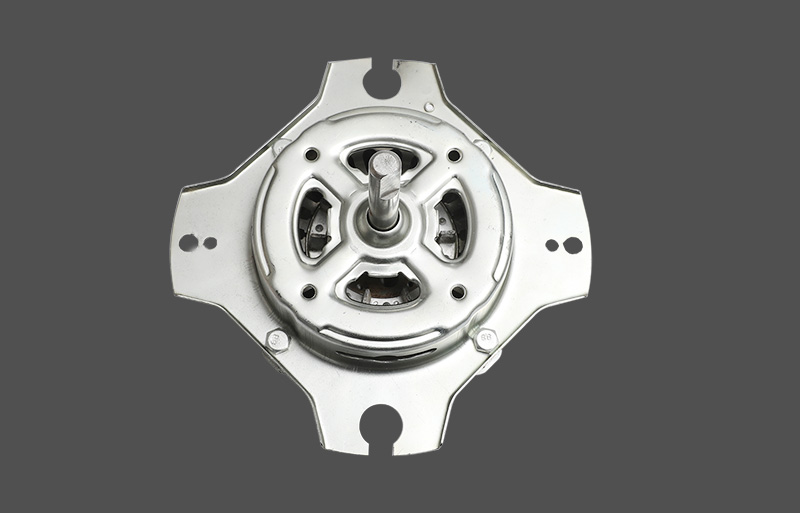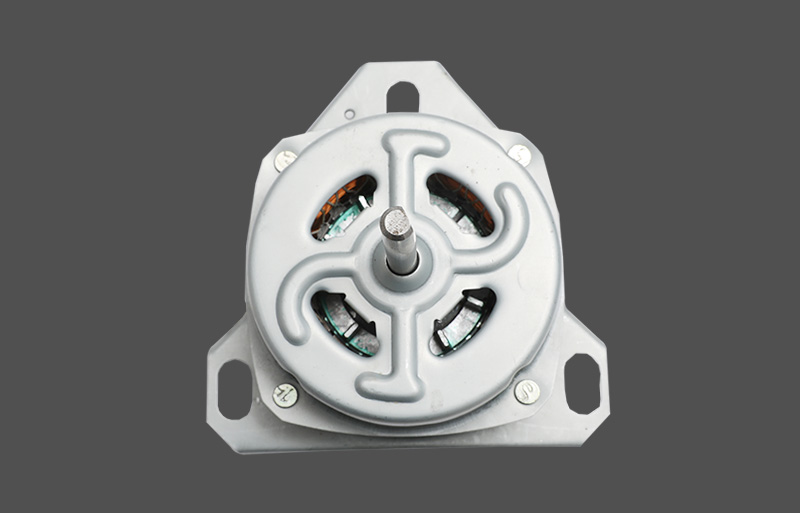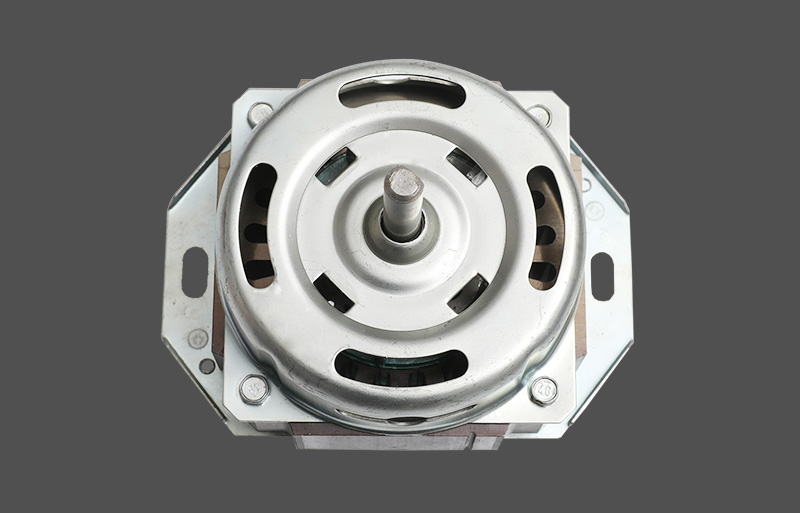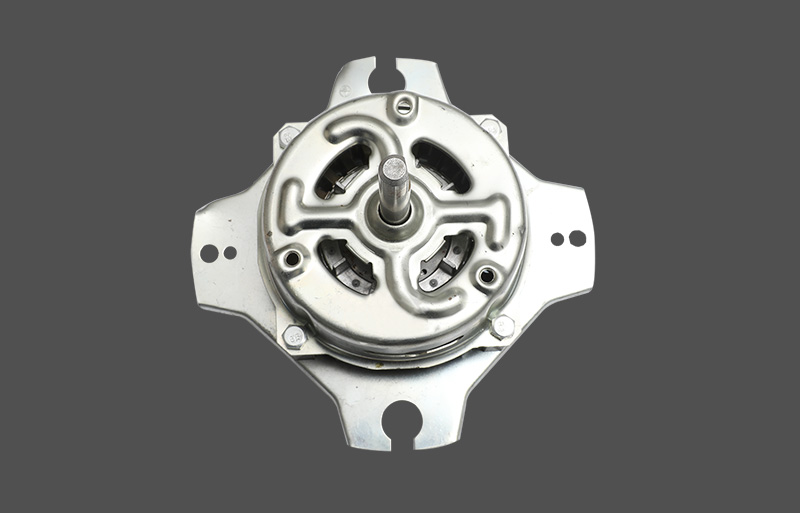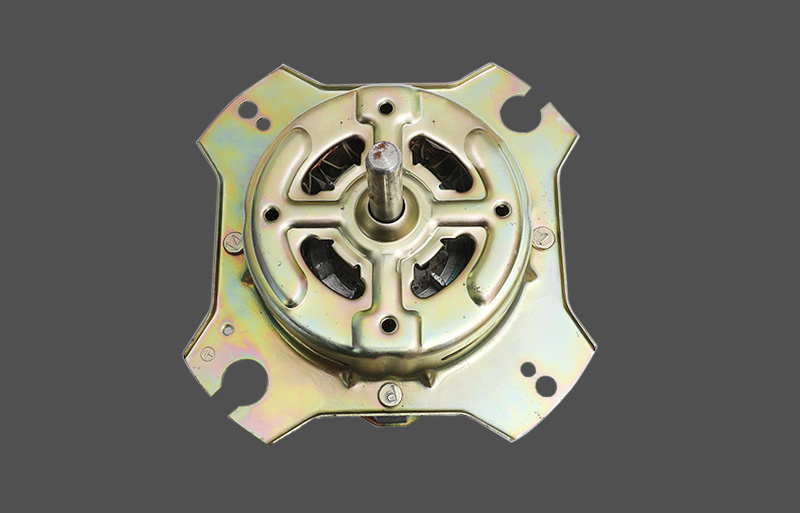Although they may be used to achieve the same goal, motion control and robotics systems operate in different ways. So, what is the difference between them?
In the industrial sector, automation plants are a growing trend. Why this is not difficult to understand, because these applications help increase efficiency and productivity. To create an automated plant, engineers can implement a Washing Machine Spin Motor motion control system or introduce a robotic system. Both methods can be used to accomplish the same task. However, each method has its own unique settings, programming options, motion flexibility, and economics.
The basis of motion systems and robots
A motion control system is a simple concept: start and control the movement of the load to perform the work. They have precise speed, position and torque control. Examples of using motion control are: product positioning required by the application, synchronizationWall Fan Motor Manufacturers of individual elements, or rapid start and stop of motion.
These systems usually consist of three basic components: a controller, a driver (or amplifier), and a motor. The controller plans the path or trajectory calculation, sends a low voltage command signal to the drive, and applies the necessary voltage and current to the motor to produce the desired motion.
Programmable logic controllers (PLCs) provide an inexpensive, noise-free motion control method. Cascade logic programming has always been the main content of PLCs. The new models are represented by human machine interface (HMI) panels, which are visual representations of programming code. PLCs can be used to control the logic control of a variety of motion control devices and machinery.
In a conventional PLC-based motion control system, high-speed pulse output cards are used in PLCs to generate pulse sequences for each servo or stepper drive. The driver receives the pulses and each pulse has a predetermined amount. A separate signal is used to determine the direction of the transmission. This method is called "steps and directions."
What is the difference between motion control and robotic systems?
This picture depicts a traditional motion control system that includes a servo controller, motor and sensor.
Terms commonly used in motion control vocabulary include:
Speed: The rate of change of a position related to time; a vector consisting of size and direction.
· Speed: The size of the speed.
· Acceleration/Deceleration: The rate of change of speed versus time.
· Load: The drive component of the servo system. This includes the components of all machines and the work being moved.
• Servo amplifier: The device controls the power of the servo motor.
• Servo controller: Also known as a position controller, this device provides programming or instructions for the servo amplifier, usually in the form of an analog DC voltage signal.
· Servo motor: A device that moves the load. This is the main moving component and it may include a series of main drivers such as actuators and induction motors.
• Step controller: A device that provides pulses to stimulate the windings of the stepper motor and produce mechanical rotation. It is also known as a speed controller. The frequency or pulse determines the speed of the motor, and the number of pulses determines the position of the motor.
· Parser: A device that monitors the position of the servo motor and load. Also known as position sensor.
· Speed sensor: Also known as a speed generator, it monitors the speed of the servo monitor.
What is the difference between motion control and robotic systems?
Baxter from rethinking robotics is a perfect example of a ready-made collaborative robotic solution.
According to the American Robotics Institute, "A robot is a reprogrammable, versatile robot that can move objects, parts, tools, or special equipment through a variety of actions."
"Although some of the components found in the motion control system are found inside the robot, they are fixed inside the robot. The speed, execution and mechanical connection of the motor are all part of the robot.
The components that make up a robotic system are similar to motion control systems. This is a controller that allows parts of the robot to work together and connect it to other systems. The program code is installed into the controller. In addition, many modern robots use HMIs based on computer operating systems such as Windows PCs.
The robot itself can be an articulated robotic arm, Cartesian, cylindrical, spherical, Scala, or a parallel selection robot.
These are considered to be the most typical industrial robots.
For a complete list of robots, refer to our "Differences between Industrial Robots".
The robot system also has a drive (ie:
The engine or motor) moves the connecting rod to the specified position.
The connection is the part between the joints.
The robot uses hydraulic, electric or pneumatic drives to achieve motion.
Sensors are used for feedback in the robotic environment to provide visual and sound for operational control and safety.
They collect information and send it to the robot controller.
Sensors allow robots to work together – resistance or touch feedback allows the robot to operate around human workers.
The end effector is attached to the robot's arm and function;
They are in direct contact with the product being manipulated.
Examples of end effectors include: clamps, suction cups, magnets, and torches.
The difference between a motion system and a robot
One of the main differences between the two systems is time and money.
Modern robots are promoted as off-the-shelf turnkey solutions.
For example, a robotic arm has been constructed and it is easy to install.
General robots provide examples of common "devices" and "robots".
They can be programmed via the HMI control panel or recorded by moving the position.
The end effector can be replaced with your needs, and the engineer does not have to worry about the individual programming of the robot's moving parts.
What is the difference between motion control and robotic systems?
Universal robots provide simple record location programming to help end users.
The final effector can exchange specific applications.
The disadvantage of robots is the cost.
On the other hand, the components that make up the motion control application are modular and provide greater cost control for modular control of the motion system.
However, for the user, there is a greater need for knowledge to properly operate the motion control system.
Its components require separate programming from the end user.
If an engineer requires multiple settings, module configuration availability, and cost constraints, an action control system can provide the benefits that engineers seek.
An experienced engineer can take the time to plan, install and commission an action control system.
You can mix and match old and new hardware and create solutions for your system.
What is the difference between motion control and robotic systems?
Rockwell Automation's FactoryTalk is a modern software controller that can run in both motion control and robotic systems.
The next major difference between the two systems is software.
In the past, hardware driven purchase decisions, but the differences in product hardware are now slightly different.
Motion control systems that rely heavily on hardware, especially legacy systems, require more maintenance to ensure proper operation.
Closed systems or modern plug-in components rely more on the operation of the software.
The functionality of the software is critical because many users expect modern controllers to perform all the required tasks.
This means that money will be spent on a single component, and more money will be spent on monitoring operations such as pcs and advanced HMIs.
Users also want the software controller to be easy to use.
The simpler the interface and operation controller, the more likely the user is to select its application.
This saves time and money for training and setup.
Modern controllers that can be used on motion systems and robots have software options that provide several automated processes.




